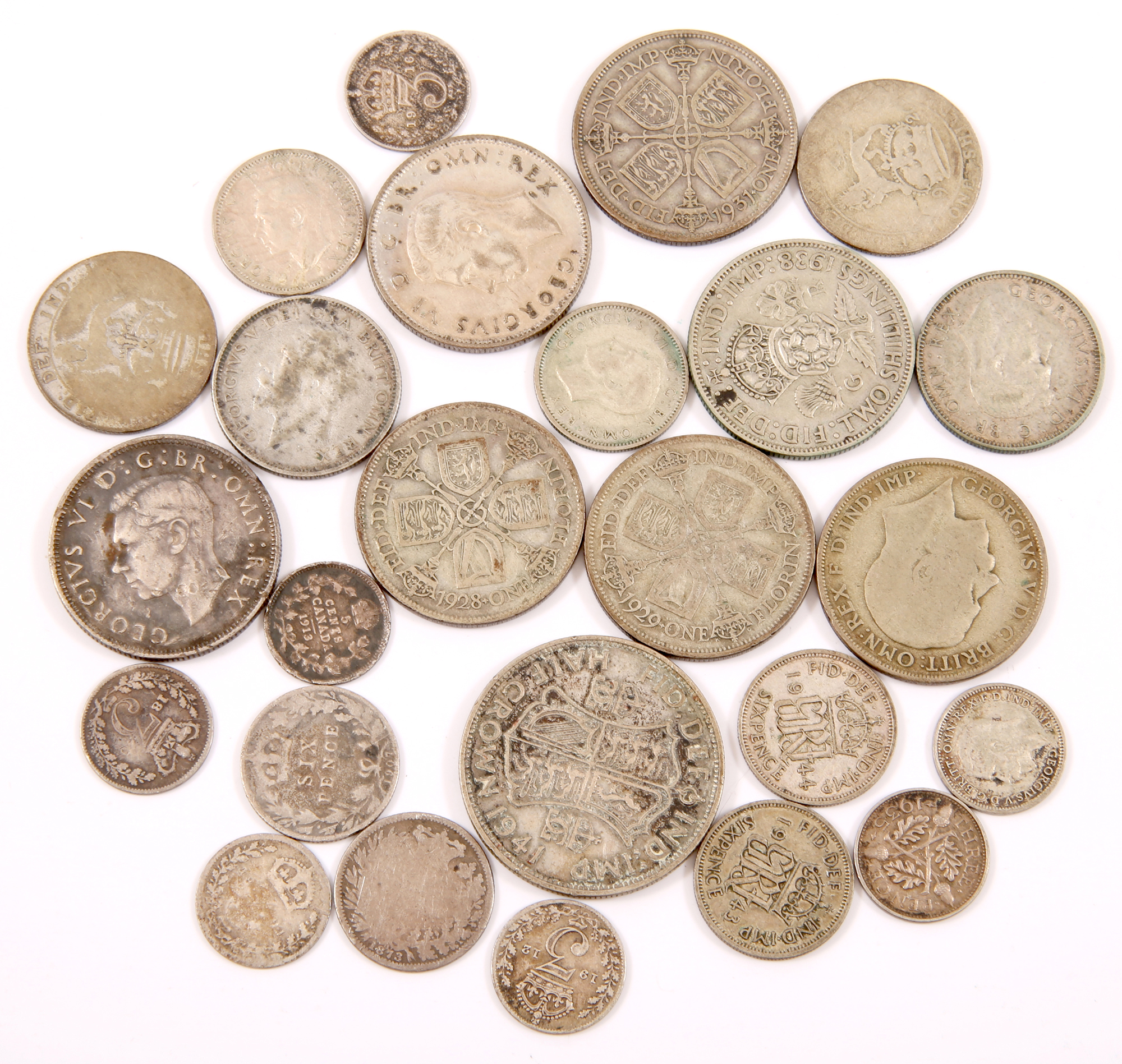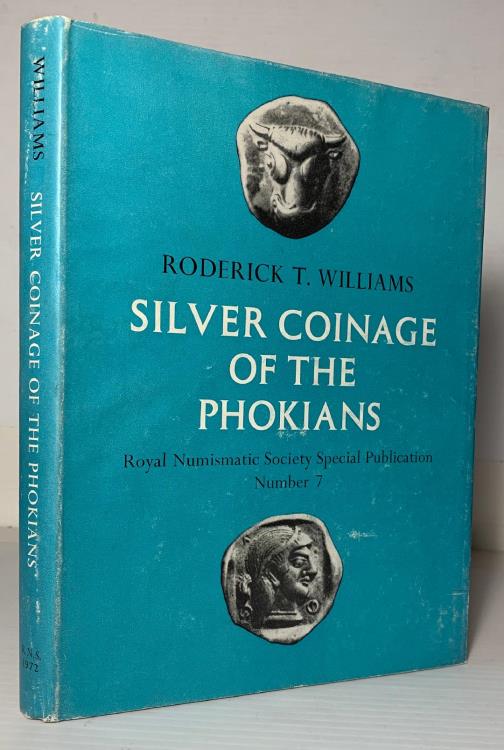
Deciding which is the best investment comes down to your personal motivation for buying in the first place, the amount you’re looking to buy, and the resale value you want. Why Buy Silver Coins Instead of Silver Bars?Ĭoins and bars have their own advantages and disadvantages. You can discover more about pre 1933 silver coins along with other silver bullion when it comes to investing. Meanwhile, unlike gold, silver coins have not been banned or expropriated by governments. Silver has enjoyed strong and growing demand not only as a result of its remonetization as a financial asset, but also because of it’s growing industrial applications in medicine, electronics, solar, and many other areas. That’s why many investors buy with the intention of simply making a profit during favorable markets. Like gold, silver values fluctuate on global and domestic markets as measured against volatile fiat currencies. As a result, due to silver being a precious metal, silver coins will always hold value, even if it’s just the value of the silver itself. Just like gold, silver has always had an intrinsic value and has been used as money for millennia. Silver coins are traditionally seen as more attainable way of hedging against inflation and economic turmoil. Why Buy Silver Coins Instead of Gold Coins? However, wisely investing in silver coins requires a degree of forethought and planning, if you’re going to see the best possible return for your money. Whether you’re on the lookout for old or new, circulated or uncirculated, it’s never been easier to invest in silver at the click of a button. There’s a huge range of silver coins available to buy. This includes some allowance for wear as many of these coins circulated for decades. In other words, any two half dollar coins, any four quarters or any ten dimes contain. 715 ounces of pure silver in any one dollar of face value. Half dollars command slightly higher prices. Dimes and quarters offer a bit lower premium - primarily because more of them were minted. Pre-1965 silver coins (aka “Junk” silver - an unfortunate moniker assigned because the coins have no collectible value) are sold in two price categories.

You can easily buy Silver Eagles from Money Metals Exchange at low premiums, either by phone or going online. They are the most popular silver bullion coin in the world. 90% silver dimes, quarters and half dollars minted prior to 1965.Įagles carry the beautiful “Walking Liberty” obverse and they have been in continuous production by the US Mint since 1986.Investors have two choices when buying bullion US silver coins: Since the 2008 financial crisis awoke the world to the risks inherent in paper assets, a new production record has been set nearly every year. The US Mint currently produces more than 40 million silver American Eagles, a $1 dollar coin containing one troy ounce of. Silver US coins are among the most popular products Money Metals Exchange carries. The three clad dimes won’t even come close. Today the silver value in the pre-1965 dimes is enough to buy a gallon of gas with some change left over. In 1965 a motorist could use either three 90% silver dimes or three of the newly minted clad dimes to buy a gallon of gas. They trusted the silver coins would retain value. People saved these US mint coins with intrinsic value and spent the nickel plated replicas issued in their place. When the US Mint switched from 90% silver to copper clad coinage in 1965, existing silver coins began vanishing from circulation immediately. Silver coins are the very embodiment of honest money. When Did The US Discontinue Silver Coins? British Gold Britannia (Queen Elizabeth II).
#SILVER COINAGE SERIES#
The 1963 series began the “Legal Tender” issue omitting any reference to silver, which had been defined as “lawful money”. The last issue of Silver Certificates was that of 1957 Series. President Kennedy also called upon Congress to phase out silver certificates in favor of Federal Reserve notes.

This led to a decline in the government’s excess silver reserves by over 80% during 1961. Increasing demand of silver as an industrial metal had led to an increase in the market price of silver above the United States government’s fixed price. On November 28, 1961, President Kennedy halted sales of silver by the Treasury Department. The order allowed the Secretary to issue silver certificates, if any were needed, during the transition period under President Kennedy’s plan to eliminate silver certificates. This executive order delegated to the Secretary of the Treasury the President’s authority to issue silver certificates under the Thomas Amendment of the Agricultural Adjustment Act, as amended by the Gold Reserve Act.


 0 kommentar(er)
0 kommentar(er)
